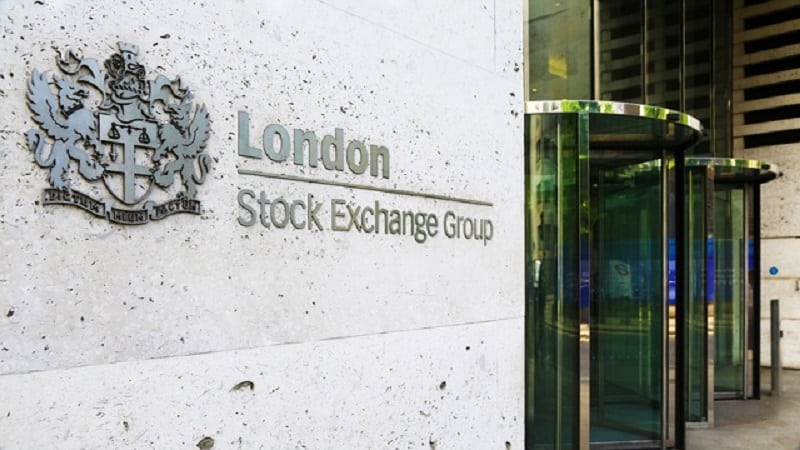By Nick Clay, manager of the Redwheel Global Equity Income Strategy
This year is shaping up to be one of rare market conditions that have only been seen a few times in history.
For over a decade, US equities have dominated global markets, with the S&P 500 outperforming the MSCI World by an extraordinary margin and 2024 marking the second consecutive year of over 20% returns.
This is historically rare, occurring only six times since 1929. Even rarer is for the S&P 500 to continue strongly from here. Only in 1995 did the S&P 500 go on to deliver over a 20% return again. Once in 96 years – rare indeed.
History tells us such exceptional conditions rarely persist indefinitely, but could this time be different?
A potential mean reversion
US market dominance has reached extreme levels. Today, US stocks make up over 75% of the MSCI World index, with the top 10 S&P 500 stocks accounting for nearly 40% of total market capitalisation.
This level of concentration is comparable only to periods like 1929, the Nifty Fifty bubble of 1973, and the Dotcom boom of 2000 – all of which resulted in major corrections.
Today, however, all of these mega-cap stocks are in technology, specifically AI. Even at the peak of the Dotcom bubble, the market had greater sector diversification.
Valuations are also rare. The S&P 500 ended 2024 with a P/E ratio of 25x, a level seen only twice since 1990—during the Dotcom bubble and the pandemic-driven collapse of earnings in 2020.
The market seems convinced that this time, valuations can stay high. But history suggests otherwise.
Why today is not the 1994–1999 ‘Goldilocks’ era
Some investors compare today’s conditions to the late 1990s, when the US enjoyed a period of high growth, low inflation, and falling interest rates. But four crucial differences make a repeat performance unlikely.
Labour market tightness is one key variation. In the 1990s, US unemployment was above 7% before gradually falling to 4%, allowing for non-inflationary growth. Today, unemployment is already near historic lows, leaving little room for further declines.
Interest rate expectations are also in a different place today. During the mid-1990s, the Fed raised interest rates from 3% to around 6% before easing later in the cycle. Today, with inflation still above target, significant rate cuts without economic contraction would be rare indeed.
Debt and fiscal constraints also need to be taken into account. In the 1990s, US debt-to-GDP stood at 70%. Today, it’s 120%, leaving the government highly sensitive to interest rate movements.
The deficit is running at 6% of GDP, levels typically seen during recessions, not economic expansions. Fiscal stability is increasingly at risk.
And while consensus expects inflation to stay contained, historical precedent suggests otherwise. The US 10-year yield is rising despite expectations for rate cuts—mirroring the inflationary concerns of the 1970s. Yet, equity markets seem to be ignoring these warning signals.
Remaining disciplined
At the heart of today’s market optimism is a fragile assumption: US equity markets no longer mean revert. But history shows that excesses—whether in valuation, concentration, or fiscal conditions—eventually correct. Investors in broad equity benchmarks are taking on extraordinary risk.
Now is the time to consider strategies that prioritise fundamental investment principle such as rigorous buy/sell disciplines. Strict valuation-based investment disciplines protect against excessive speculation.
An objective yield discipline combined with a focus on dividend sustainability tilts portfolios toward durable cash-generative businesses, avoiding crowded trades where risk is highest.
Investors should also look at maximising total returns. We expect dividends will dominate total returns of the S&P500 over the next ten years. Historically, the higher the starting valuation, the more likely it is that the next 10 years’ total return will be driven by income.
Given today’s stretched valuations, income compounding strategies offer a prudent approach to risk-adjusted returns.
Exceptional conditions rarely persist
Investors are betting that growth, high valuations, AI-driven momentum, and fiscal expansion can continue indefinitely. But extreme market concentration, fiscal risks, and stretched valuations all point to an environment ripe for mean reversion.
Anchoring portfolios to fundamentals – quality, yield discipline, and diversification – is not just prudent; it is essential.
At a time when speculative excess is at its peak, we believe that fundamentals remain the best defence against inevitable market corrections.










